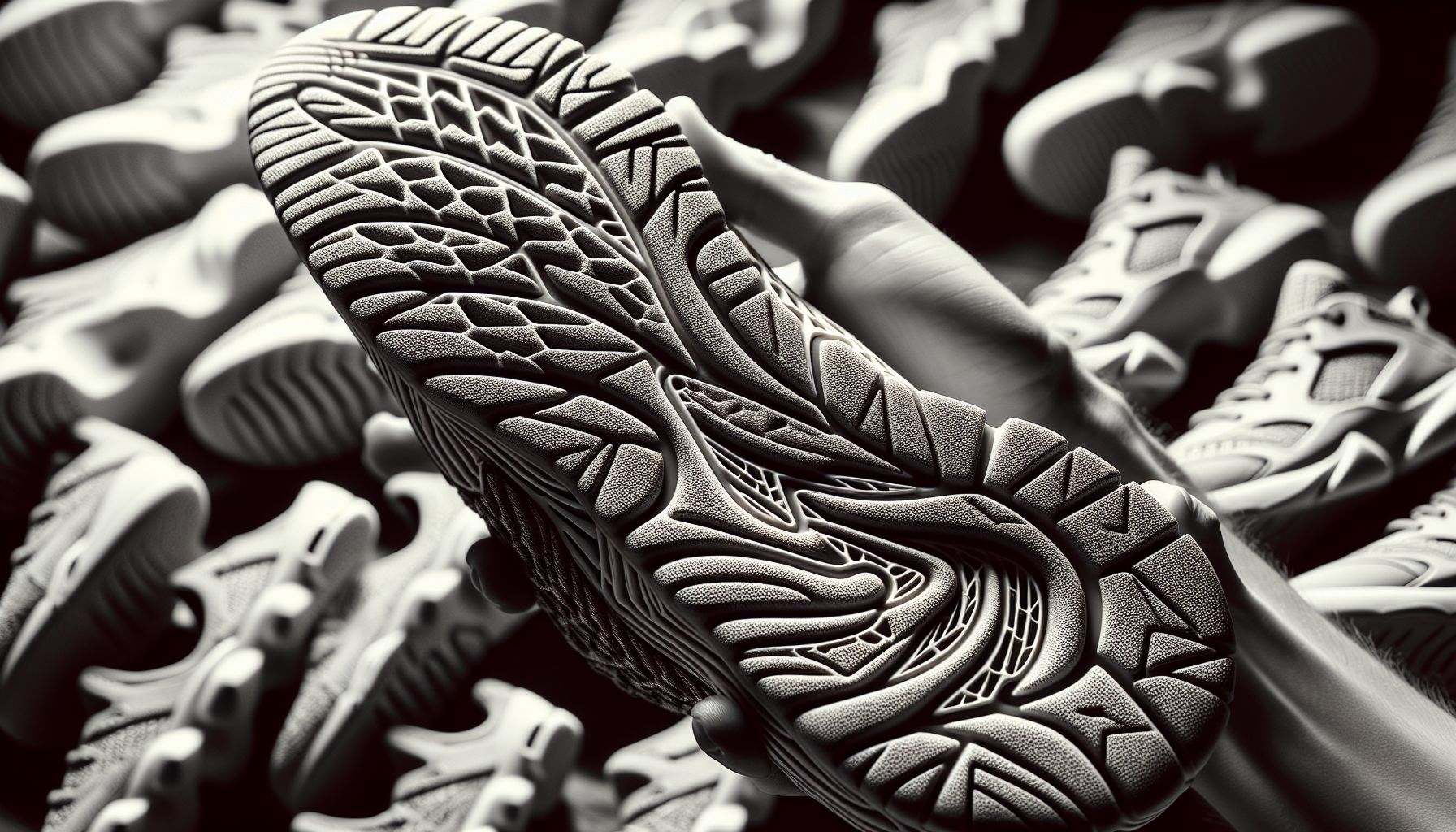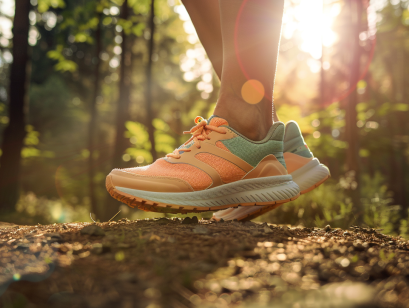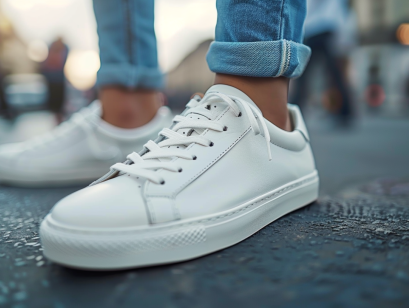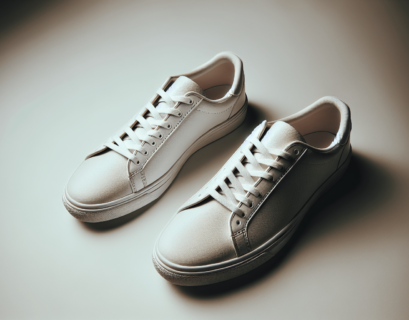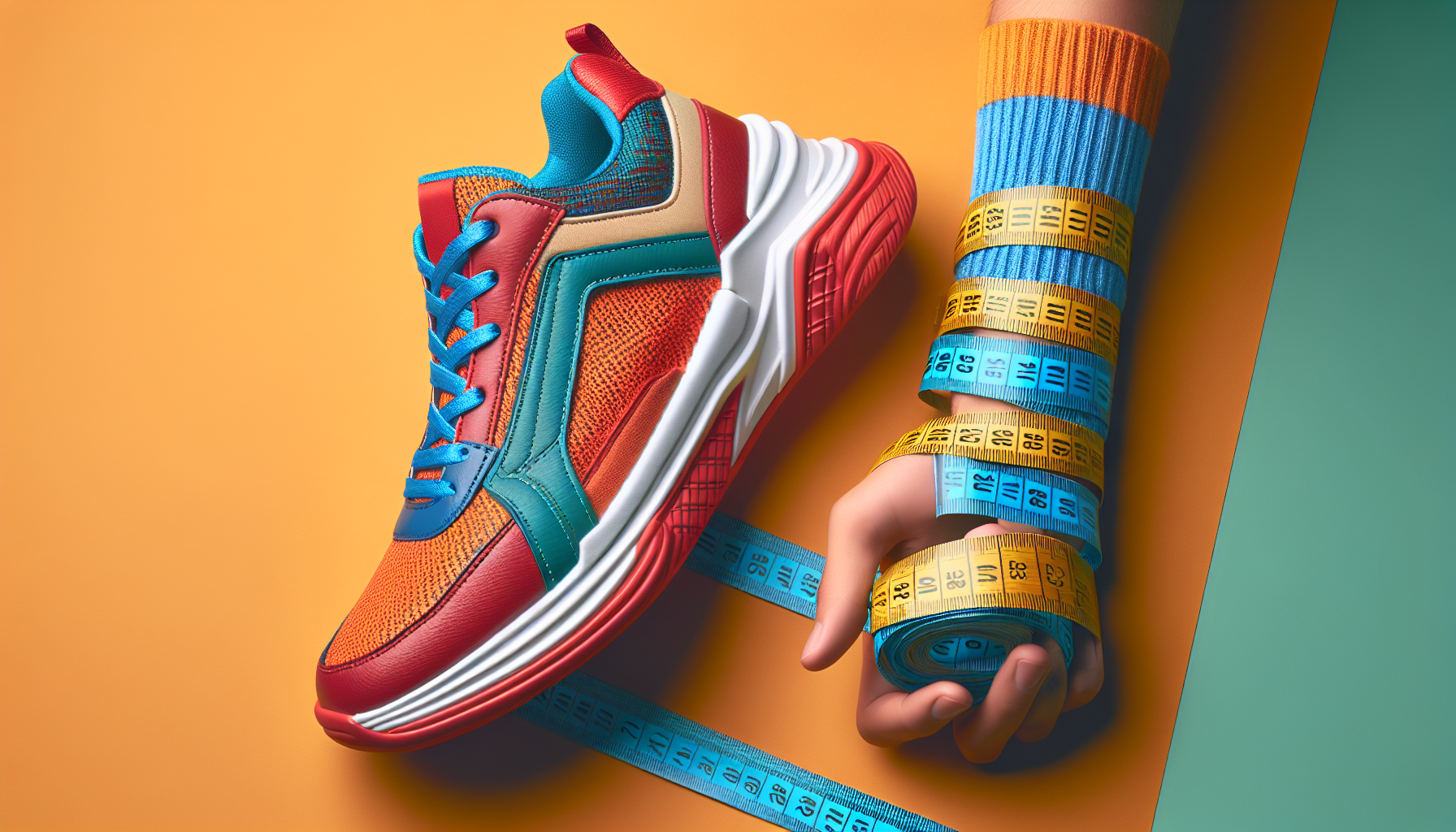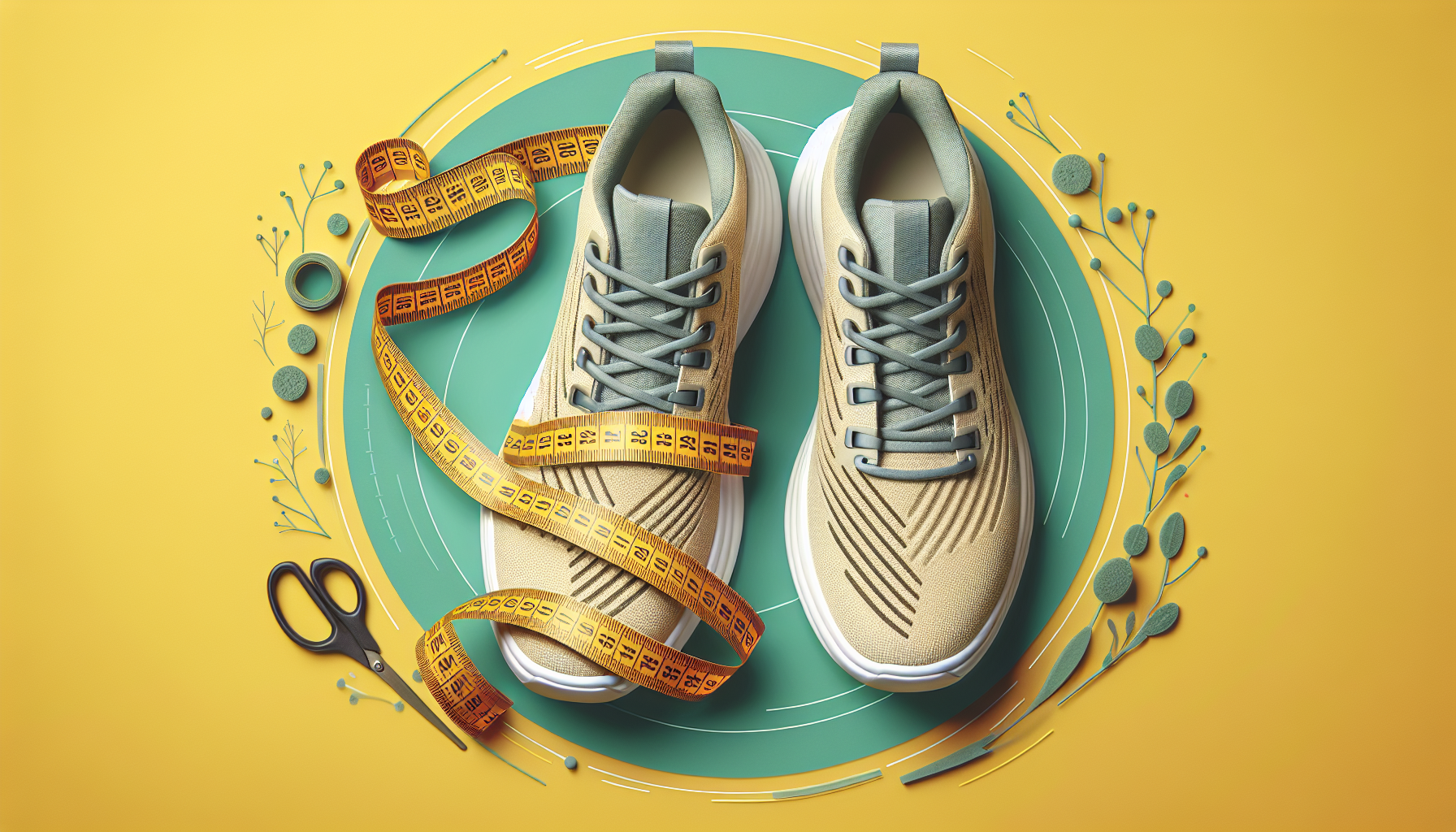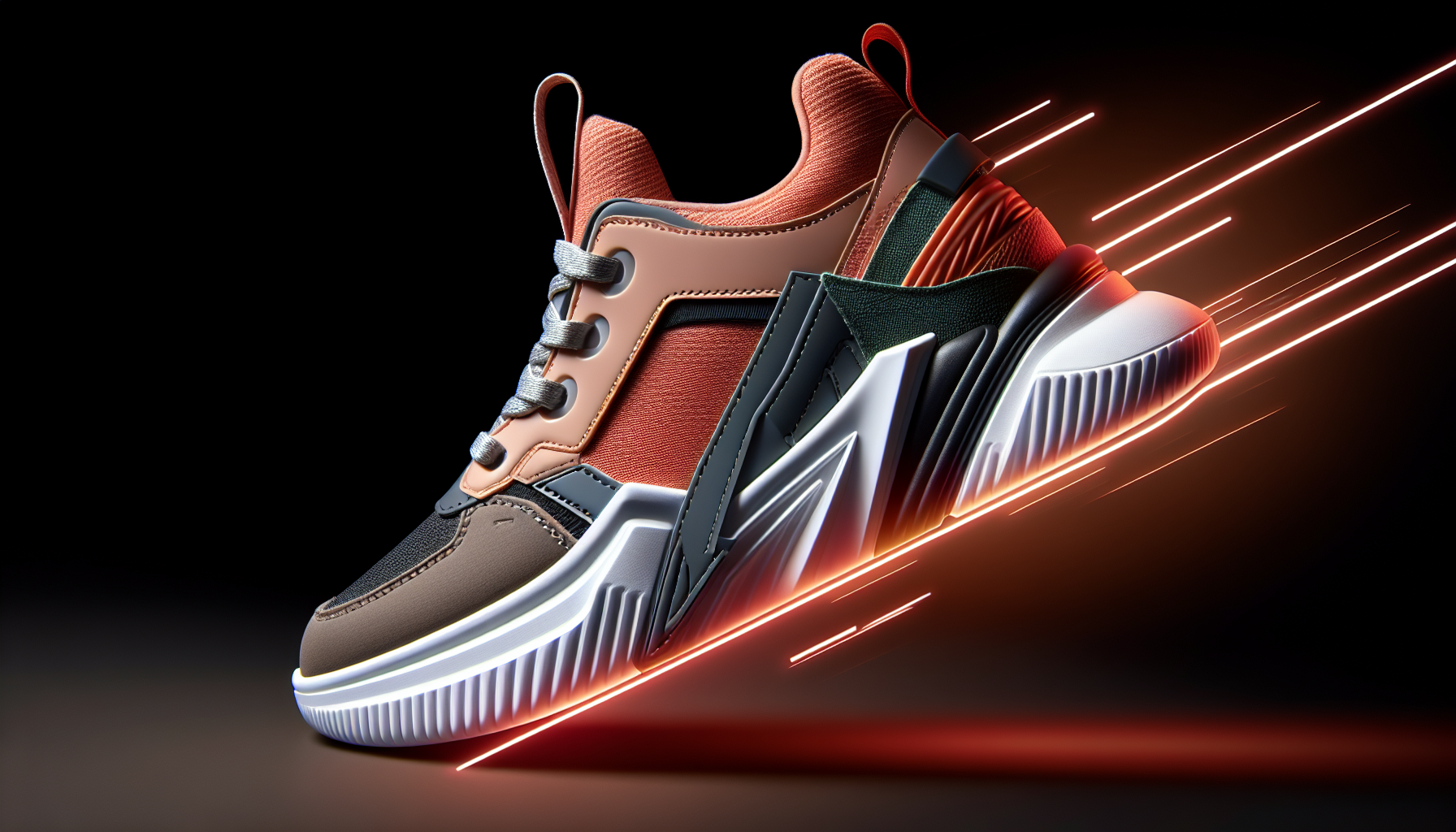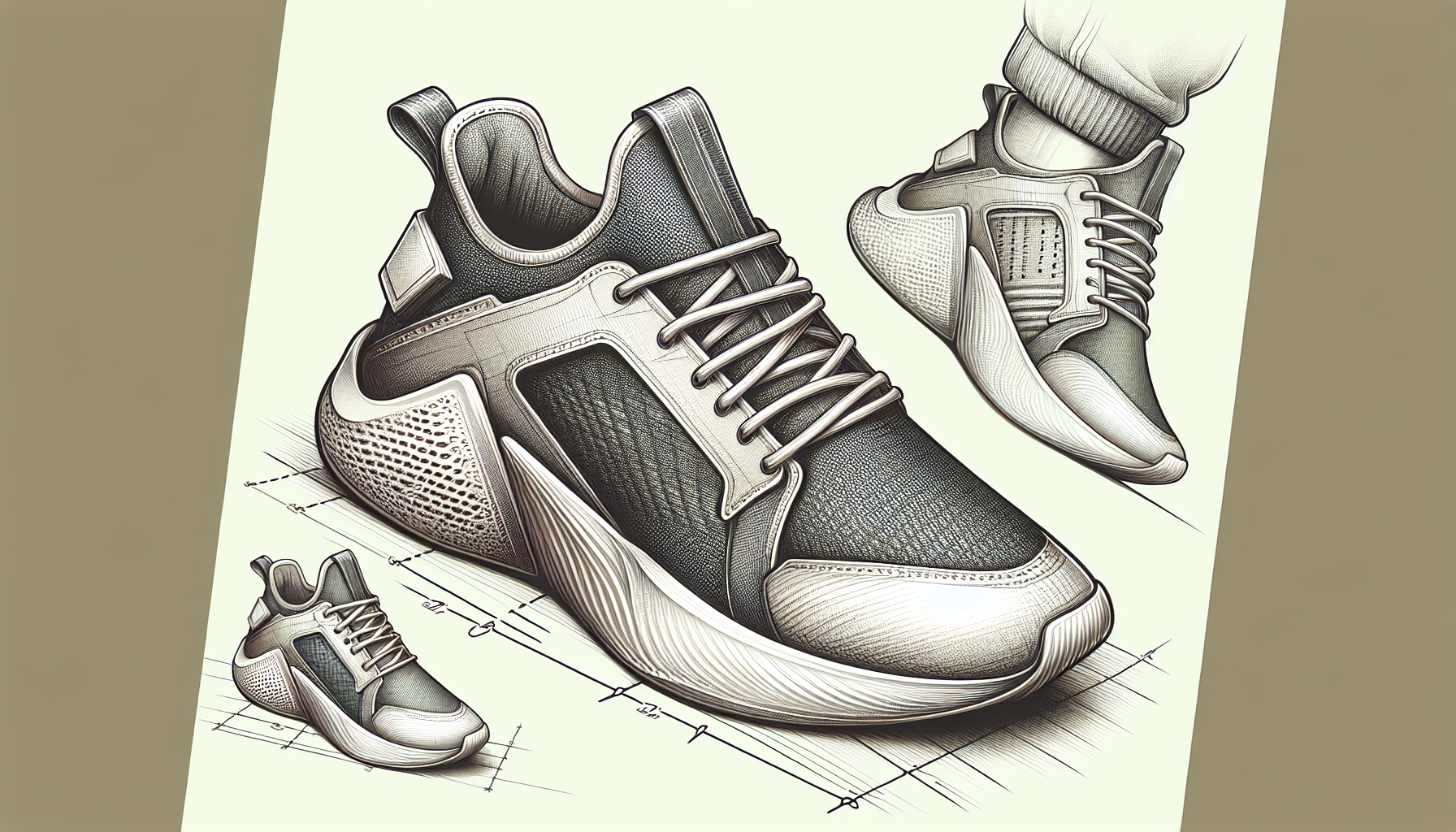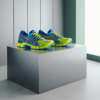If you’re in the market for a new pair of sneakers, you want to make sure you’re getting the real deal. With so many knockoffs and counterfeit products out there, how can you be sure what you’re buying is authentic and of high quality? This article will guide you through the process of spotting genuine, top-quality sneakers, from examining the materials and craftsmanship to checking for brand logos and labels. By the end, you’ll have the knowledge and confidence to make informed purchases and step out in style with authentic kicks.
Understanding Sneaker Terminology
Brand-specific jargon
When it comes to sneakers, each brand has its own unique jargon. This includes specific terms they use to describe certain features, materials, or technologies used in their shoes. Familiarizing yourself with brand-specific jargon can greatly help in understanding the details and specifications of different sneakers. For example, Nike uses terms like “Flyknit” and “Air Max,” while Adidas has “Boost” and “Primeknit.” Knowing these terms will not only make your conversations about sneakers more meaningful but also assist you in making informed purchasing decisions.
Understanding release types
Sneakers are often released in different ways, including general releases, limited editions, collaborations, and exclusive drops. General releases are widely available and often have a more accessible price point. Limited editions, on the other hand, are produced in limited quantities, making them more desirable and often more expensive. Collaborations involve partnerships between brands or designers, resulting in unique and highly sought-after sneakers. Exclusive drops are special releases available only through select retailers or platforms. Understanding these release types can help you gauge the availability and value of a particular sneaker.
Terms related to sneaker anatomy
To accurately describe and assess sneakers, it’s important to understand the different parts that make up a shoe. Some key terms to familiarize yourself with include the upper (the outer fabric or material covering the foot), the midsole (the part between the outsole and the upper, providing cushioning and support), the outsole (the bottom of the shoe that makes contact with the ground), and the insole (the removable cushioning layer inside the shoe). Additionally, terms like heel tab, eyelets, and tongue are used to refer to specific features and components of sneakers. Having a good grasp of these terms will empower you to discuss sneakers with confidence and precision.
The Importance of Packaging
Brand-specific packaging details
In the world of sneakers, packaging plays a crucial role in determining the authenticity and value of a pair. Different brands have their own unique packaging designs and details that collectors and enthusiasts look out for. For example, Jordan Brand sneakers often come in a sturdy, high-quality box with a color scheme corresponding to the shoe’s design. Adidas sometimes includes a shoe tree or extra laces in their packaging. By familiarizing yourself with the brand-specific packaging details, you can better assess the authenticity and overall experience of a pair of sneakers.
Condition of the box
When purchasing sneakers, it’s essential to pay attention to the condition of the box. Authentic sneakers typically come in pristine boxes with no signs of wear or damage. Any scuffs, dents, or tears on the box may indicate that the sneakers inside are not authentic or have been mishandled. Take your time to carefully examine the box, looking for any signs of tampering or resealing. A well-maintained box adds value to your sneakers and ensures their protection during storage or transportation.
Inclusion of extra parts
Some sneakers come with additional parts or accessories as part of their packaging. These extras can vary depending on the brand and the particular model. They may include extra laces, dust bags, shoe trees, or even exclusive stickers or tags. Authentic sneakers generally include these extra parts as they add to the overall experience and value of the product. Check for the presence of these extras and verify their authenticity by comparing them to official images or descriptions provided by the brand.
Checking the Quality of Materials
Typical materials used in top-quality sneakers
Top-quality sneakers are made with premium materials that ensure durability, comfort, and style. Various materials are commonly used, including leather, suede, mesh, nylon, and synthetic fabrics. Leather is highly regarded for its luxurious look and feel, while suede offers a softer, more textured appearance. Mesh and nylon provide breathability and flexibility, making them ideal for athletic footwear. Synthetic fabrics, such as Primeknit or Flyknit, offer a lightweight and adaptive fit. Familiarize yourself with the typical materials used by different brands to determine the quality and authenticity of a pair of sneakers.
Comparing texture and feel
Examining the texture and feel of the materials used in sneakers can provide valuable insights into their authenticity and quality. Genuine leather should feel smooth, supple, and have a subtle grain pattern. Suede should feel soft, with a slightly velvety texture. Mesh and nylon fabrics should be lightweight and breathable. Synthetic materials should have a high-quality finish without any signs of fraying or loose threads. Take the time to touch and inspect the materials, comparing them to your knowledge of authentic sneaker materials to make an informed judgment.
Recognizing synthetic vs natural materials
Distinguishing between synthetic and natural materials is essential when assessing the quality and authenticity of sneakers. While synthetic materials can often mimic the look and feel of natural materials, there are certain characteristics that can help you differentiate between the two. Natural materials like leather and suede have unique textures and variations that synthetic materials struggle to replicate perfectly. Additionally, synthetic materials may have a plasticky scent, while genuine leather has a distinct, organic smell. By paying attention to these details, you can better determine if the materials used in a pair of sneakers are genuine or synthetic.
Pinpointing Authentic Production Details
Comparison of stitching patterns
Stitching is an important aspect of sneaker construction, and authentic sneakers boast careful and precise stitching. Take a close look at the stitching on the upper, ensuring that it is clean, evenly spaced, and free of loose or frayed threads. Authentic sneakers exhibit consistent stitching patterns across the entire shoe. Pay attention to details such as the number of stitches per inch and the tightness of the thread. In contrast, counterfeit sneakers often have sloppy stitching with inconsistencies and irregularities. By comparing stitching patterns, you can spot telltale signs of authenticity.
Checking for glue traces
Authentic sneakers are assembled with great care, and the use of glue is minimal and tidy. Inspect the seams and joints of the sneakers, looking for any visible traces of excess glue. Authentic sneakers should have clean and precise seams with minimal glue residue. On the other hand, counterfeit sneakers may exhibit glue stains, uneven application, or messy overflow. These imperfections can indicate a lack of attention to detail and suggest that the sneakers are not genuine.
Looking at insole and midsole details
The insole and midsole of sneakers often contain specific details and markings that can help authenticate them. Examine the insole for any logos, branding, or production information. Authentic sneakers often have neatly stamped or printed details on the insole, while counterfeit pairs may have blurry or poorly executed markings. Additionally, inspect the midsole for any embossed or debossed trademarks, technology names, or unique patterns. Authentic sneakers feature precise and consistent midsole details, while counterfeit versions may have shallow or inaccurate markings. Pay close attention to these production details to ensure the authenticity of the sneakers you are examining.
Identifying Official Branding and Markings
Finding the sneaker model number
Every sneaker model is assigned a unique model number by the brand. Authentic sneakers will have a clear and visible model number on the shoe, typically located on the tag or label inside the shoe or on the box. Research the specific model number for the sneaker you are examining and compare it to official sources, such as the brand’s website or authorized retailers. Counterfeit sneakers often have incorrect or missing model numbers, or they may use the wrong model number for a particular shoe. By verifying the model number, you can confirm the authenticity of the sneakers you are interested in.
Investigating logo placement and quality
Logos are an integral part of a sneaker’s branding and design. Authentic sneakers feature logos that are consistently placed and accurately reproduced. Pay attention to the size, position, and alignment of logos on the sneakers you are examining. Counterfeit sneakers often have logos that are slightly off-center, disproportionate, or poorly printed. Additionally, check the quality of the logo, making sure it has sharp details and clean edges. Genuine logos should be crisp and durable, while counterfeit logos may appear fuzzy or easily peel off. By scrutinizing the logo placement and quality, you can identify authentic sneakers.
Spotting real vs fake tags
Tags, labels, and patches are commonly found on sneakers and provide additional branding information. Authentic sneakers typically have tags that are well-designed, with clear printing and accurate details. Counterfeit sneakers may have tags that are poorly printed, inconsistent with official branding, or contain spelling errors. Examine the font, coloring, and overall appearance of the tags to determine their authenticity. Additionally, check if the tags are securely attached to the sneakers. Authentic sneakers have tightly stitched or glued tags, while counterfeit sneakers may have loose or poorly attached tags. Recognizing these differences will help you distinguish genuine sneakers from fake ones.
Scent Test for Authenticity
Typical smell of newly manufactured sneakers
Newly manufactured sneakers often have a distinct scent that is associated with the materials used in their production. The smell can vary depending on the type of materials, but it is generally a fresh and somewhat synthetic odor. This is due to the adhesives, dyes, and chemicals used during manufacturing. While the scent alone is not a definitive indicator of authenticity, it can be a helpful factor to consider when assessing a pair of sneakers.
Distinguishing synthetic scent from natural leather scent
One way to differentiate between synthetic and natural leather sneakers is through their scent. Genuine leather has a distinct, organic smell that is often described as rich and earthy. If you are examining a pair of sneakers that are advertised as leather but have a strong synthetic or chemical scent, it could indicate that the material is not genuine leather. On the other hand, synthetic materials can have a more plasticky or artificial scent. By paying attention to the scent of the sneakers, you can further validate their authenticity.
Understanding the Price Dynamics
Recognizing too good to be true deals
When purchasing sneakers, it’s important to be cautious of deals that seem too good to be true. Authentic top-quality sneakers are often priced at a premium due to their craftsmanship, materials, and brand reputation. If you come across a seller or retailer offering a highly sought-after sneaker at an unusually low price, it’s wise to proceed with caution. Counterfeit sneakers are often sold at significantly lower prices, and falling for such deals can result in disappointment and wasted money. Always do thorough research, compare prices across reputable sources, and trust your instincts when it comes to determining the authenticity of the price.
Price range based on sneaker model and release type
The price of sneakers can vary greatly depending on the model and release type. Limited edition or collaboration sneakers tend to have higher price tags due to their exclusivity and desirability among collectors. On the other hand, general releases are more widely available and often have a more affordable price range. It’s crucial to research and familiarize yourself with the average prices of the specific sneakers you are interested in. By understanding the typical pricing dynamics of different models and release types, you can better judge the authenticity and value of a particular pair.
Second-hand market price considerations
When buying sneakers from the second-hand market, additional factors come into play. The condition of the sneakers, including any signs of wear, will impact their value. A well-maintained pair of sneakers in excellent condition will command a higher price compared to a heavily worn or damaged pair. Additionally, the authenticity of the sneakers becomes even more important when dealing with second-hand sellers. Ensure you thoroughly inspect the sneakers and consider seeking expert opinions or utilizing authentication services before making a purchase. Be cautious of heavily discounted second-hand sneakers, as they may indicate potential authenticity issues.
Comparing with Official Photos from Brand’s Website
Pay attention to color and design details
When trying to determine the authenticity of sneakers, carefully compare the color and design details to official photos from the brand’s website or authorized retailers. Counterfeit sneakers may have slight variations in color, pattern, or design elements, which can indicate a lack of attention to detail during the replication process. Zoom in on product images to examine the fine details and compare them side by side with the sneakers you are assessing. By doing so, you can spot any inconsistencies or discrepancies that may suggest the sneakers are not authentic.
Considering lighting and angle factors
It is important to consider the lighting and angle factors when comparing sneakers with official photos. Different lighting conditions and camera angles can significantly affect the appearance of colors and textures. Authentic sneakers should closely resemble the product images provided by the brand, regardless of lighting or camera angle variances. Counterfeit sneakers may appear slightly different due to poor quality control during the replication process. Take into account these factors when evaluating the similarity between the sneakers you are examining and the official brand photos.
Recognizing consistent discrepancies with official images
While minor variations between the sneakers you are assessing and the official brand photos are acceptable, consistent and noticeable discrepancies should raise a red flag. Pay attention to the overall shape, proportions, and design elements of the sneakers. Counterfeit versions may have significant design flaws or inaccuracies that differ from the official images. Look for consistent discrepancies across multiple aspects of the sneakers, such as logo placement, materials used, or overall construction. Consistency in discrepancies is a strong indicator that the sneakers are not authentic.
Purchasing from Reputable Retailers
Identifying official retailer vs third-party seller
When purchasing sneakers, it’s important to ensure that you are buying from a reputable retailer or authorized seller. Official retailers and authorized sellers have direct relationships with the brands they carry, ensuring the authenticity and quality of the sneakers they sell. Look for reputable stores or websites that are well-known and have a proven track record of selling genuine products. Avoid purchasing sneakers from third-party sellers who may not have the same level of scrutiny or commitment to authenticity.
Looking at retailer’s return policy and customer reviews
To further validate the authenticity and reliability of a retailer, pay attention to their return policy and customer reviews. Reputable retailers often have clear and customer-friendly return policies, which demonstrate their confidence in the authenticity of their merchandise. Additionally, check customer reviews and ratings to gauge the satisfaction of previous buyers. Positive reviews and high ratings are indicators of a trustworthy retailer that sells authentic sneakers. Consider the overall reputation and feedback of the retailer before making your purchase.
Avoiding purchasing from social media platforms and unknown websites
When it comes to buying sneakers, it is advisable to steer clear of social media platforms and unknown websites. While there may be legitimate sellers on these platforms, the risk of encountering counterfeit sneakers is significantly higher. Social media platforms are often used by counterfeiters to advertise and sell their fraudulent products. Unknown websites, especially those with minimal information or dubious customer reviews, are also potential sources of counterfeit sneakers. Prioritize purchasing from reputable retailers or authorized sellers to ensure the authenticity of the sneakers you are buying.
Validating through Sneaker Authenticating Services
Through what process these services authenticate sneakers
Sneaker authenticating services are professional organizations or individuals who specialize in evaluating and authenticating sneakers. They employ a variety of techniques and processes to determine the legitimacy of a pair of sneakers. These processes often include a comprehensive inspection of various aspects, such as materials, construction details, and brand-specific markings. Authenticating services may also compare the sneakers to official product images, consult databases of counterfeit sneakers, and utilize their expertise to identify any signs of forgery. By entrusting your sneakers to a reputable authenticating service, you can obtain a professional opinion on their authenticity.
How reliable these services are
Reputable sneaker authenticating services have a high level of reliability and expertise in differentiating between authentic and counterfeit sneakers. They invest significant time and resources in staying up-to-date with current sneaker trends and the latest counterfeit techniques. While no authentication process can provide a 100% guarantee, the opinion of a recognized and respected authenticating service greatly increases the confidence in the authenticity of the sneakers. It’s important to choose a trusted and reputable authenticating service with a proven track record and positive customer feedback.
How to send your sneakers for authentication
To utilize the services of a sneaker authenticating service, you will typically need to follow their specific procedures for submitting your sneakers for evaluation. This may involve contacting the authenticating service to inquire about their authentication process and requirements. They may request detailed photographs of various angles and features of the sneakers, as well as any accompanying packaging or accessories. Some authenticating services may require physical examination of the sneakers, in which case you will need to ship your sneakers to their designated location. Each authenticating service may have different instructions, so it’s essential to carefully follow their guidelines for submitting your sneakers for authentication.

